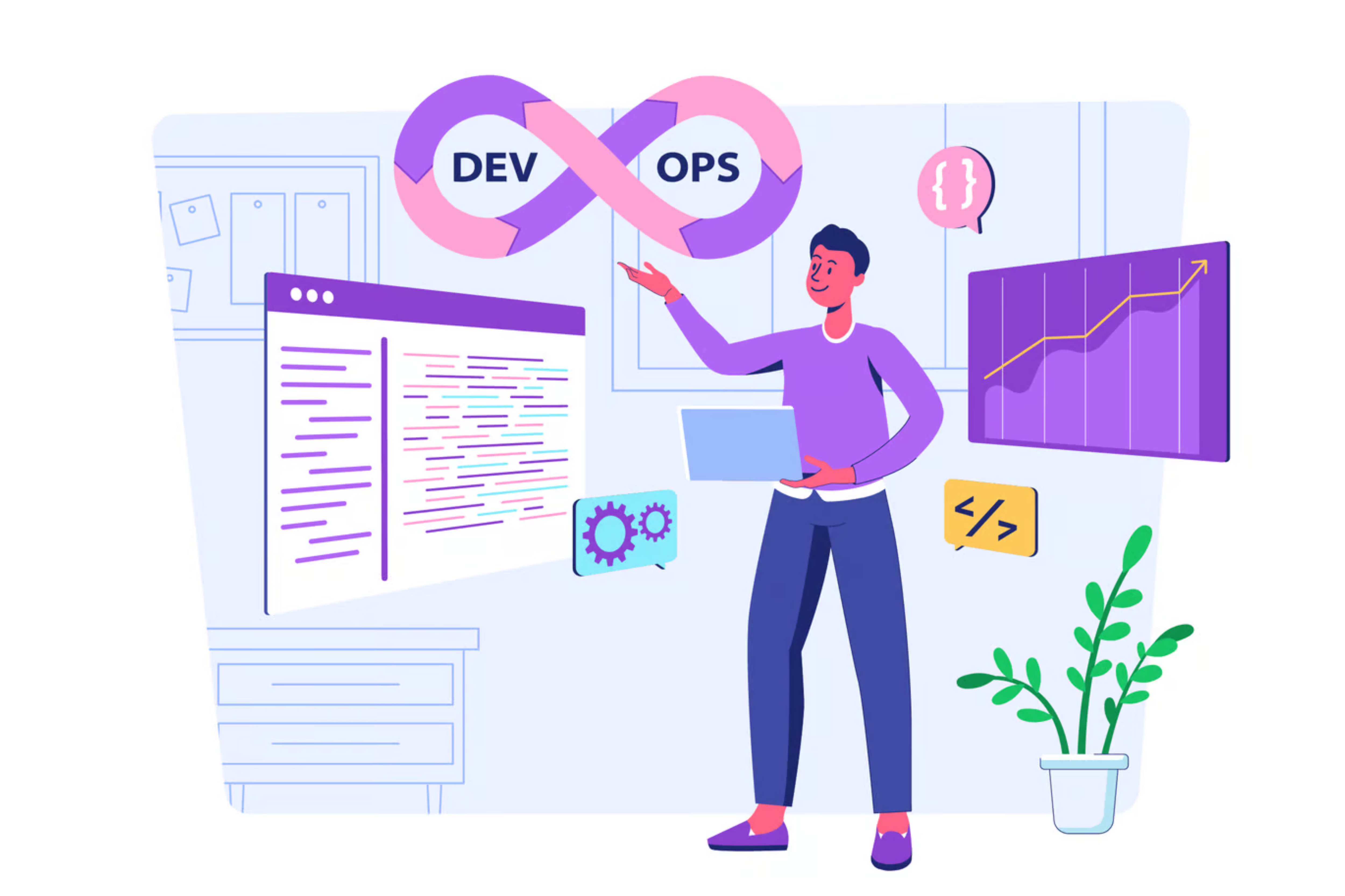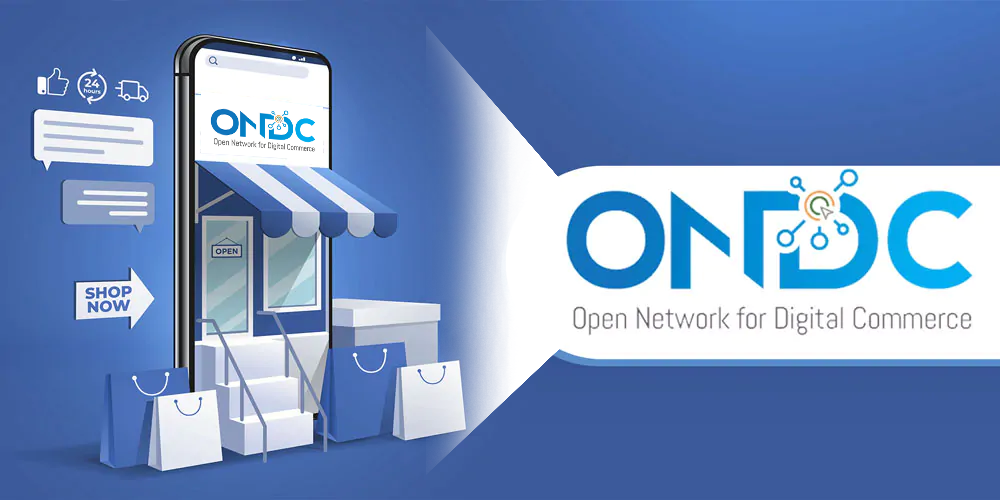Docker has emerged as a containerization platform that has changed how applications are developed, tested, and deployed. With the technology evolving at a fast pace, development landscape, efficiency, consistency, and scalability are key factors in ensuring seamless application deployment.
The container technology enables developers to package the applications and their dependencies into units called “ Containers”. Each container is different from the other; it can be referred to as a virtualised version of any application that has all the necessary parts to run independently. Environments like cloud servers, on-premises systems, and clusters can be used to run containers.
Docker containers posses shared kernels of the host operating systems but are isolated from the program and its dependencies. Unlike traditional virtual machines (VMs) this approach significantly reduces overhead while increasing scalability and performance.
Key Benefits of Docker
Portability
One of Docker’s most prominent advantages is its portability. Docker containers encapsulate applications and their dependencies, allowing for seamless application migration between environments. Whether you are working on a local workstation or a production server in the cloud, the Docker container will function consistently throughout the entire application lifecycle.
Resource Efficiency
Compared to traditional virtual machines, Docker requires fewer resources. Because containers use the same underlying operating system kernel, they are substantially lighter and use less RAM and disk space. By allowing multiple apps to run on a single computer, this reduces hardware costs and streamlines resource management.
High levels of isolation between apps and their dependencies are made possible by Docker containers. Because each container operates independently, it won’t communicate with other containers that are running on the same computer or server. This is essential to guaranteeing the stability and security of programs in shared environments.
Scalability
Applications can be scaled more easily with Docker. You can effectively distribute the workload across multiple instances of a container by using container orchestration solutions
like Docker Swarm or Kubernetes. This makes it possible for you to quickly adjust the capacity of your application in response to demand, which is essential when loads are high.
Faster development and deployment
Docker simplifies the application development and deployment process. Containers speed up the development cycle and minimize compatibility problems by enabling developers to work in local environments that are identical to production environments. Additionally, time is saved and errors are decreased as the deployment process becomes more automated and straightforward.
Common Use Cases of Docker
Running Microservices Architecture
Microservices architecture is now becoming a standard for building scalable and easily maintained applications. Docker helps by encapsulating a particular service in a container of their own. Now this isolation ensures that the microwave of the service is running independently, allowing the teams to test other components of the application without disturbing each of them.
For instance, an online streaming platform can have multiple microservices for each of its purposes, like video processing, payments, authentication etc, and all can be run in a single docker container to improve the minatence of the platform.
Different Environments Standardization
Throughout the pipeline, Docker offers all of its users a production-parity environment. Take, for example, the evolution of a software development team. Each team member must install or upgrade the operating system, database, node, yarn, etc., when they join. The machines
may need one to two days to prepare. It’s also difficult to guarantee that everyone has the same operating system, software, database, node, code editor extensions, and configurations.
By identifying discrepancies and automatically synchronizing environments across development, testing, and production, AI-powered configuration management further simplifies this procedure. This minimizes new team member onboarding time and avoids last-minute dependence problems.
Docker helps organizations decrease setup time, provide consistent, conflict-free environments, and guarantee seamless CI/CD workflows.
Multi-cloud and Hybrid Enablement
Channel Insider reports that pressure from testing teams, VMware expenses, and hybrid clouds are the top three factors influencing the adoption of Docker in businesses. It can be difficult to divide the load among several settings, even if hybrid clouds are adaptable and let
you operate customized solutions. To enable smooth cloud migration, cloud providers must make trade-offs in terms of price or feature sets.
Because Docker’s containers operate similarly in on-premises and cloud installations, these interoperability problems are eliminated. They can be easily transferred between internal clouds constructed using the services of several cloud vendors or between testing and production environments. Additionally, deployment procedures are less complicated.
Ensuring Development Environment Consistency
A major challenge that developers face is ensuring that the applications behave in a similar manner in different environments. They often encounter the issue of a code running efficiently in a local machine but failing in production due to discrepancies in dependencies. Docker has successfully managed to solve this problem by creating a consistent development environment where developers can define and manage multi container applications.
Docker provides a standardized workflow environment for all participants across the product life cycle in today’s complex software development environments, which include numerous operating systems, programming languages, plugins, frameworks, container management, and architectures. More significantly, Docker is open-source and has a robust and active community that can assist you with any problems. You will remain behind your competition if you are unable to effectively utilize Docker use cases.



